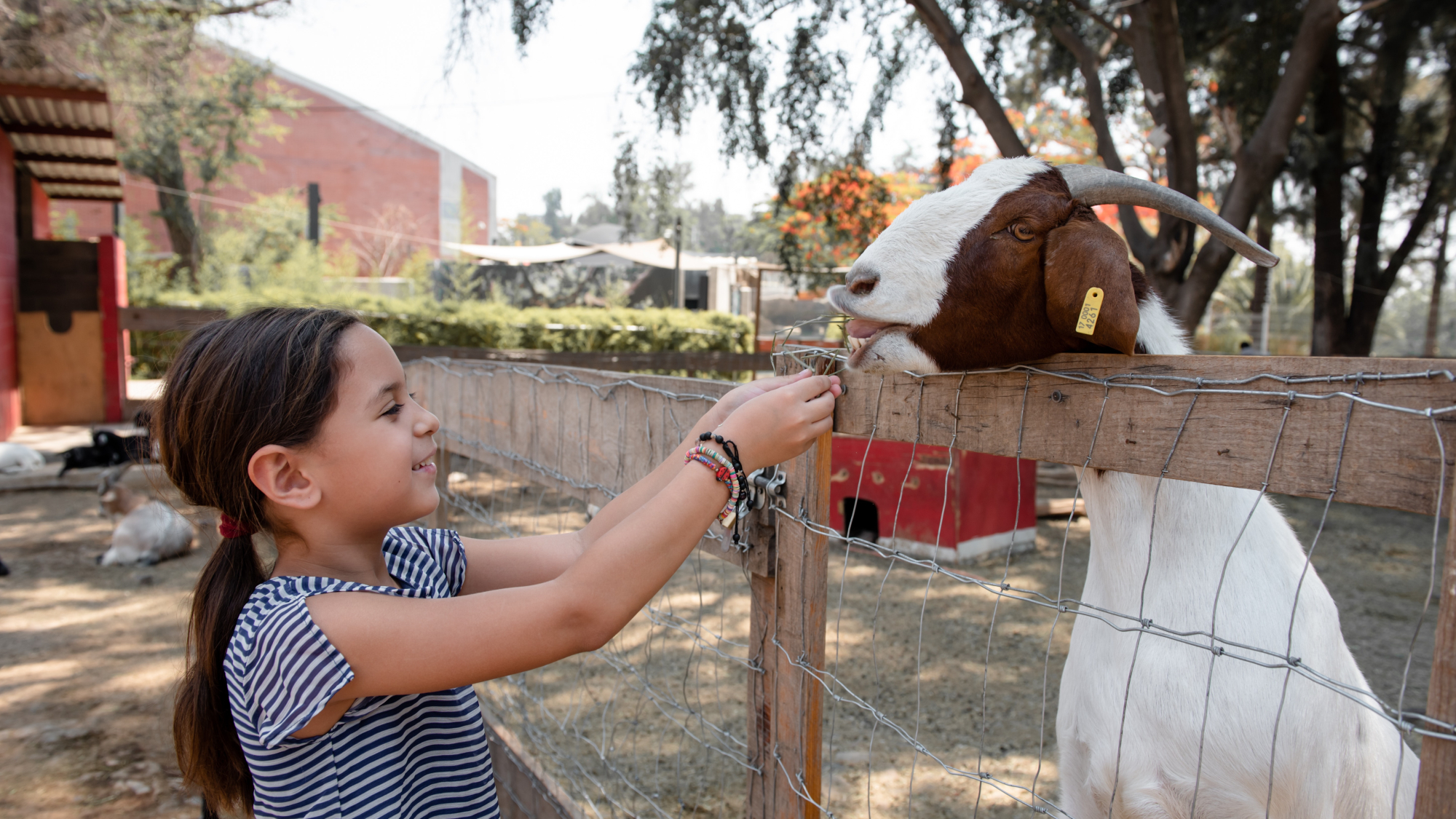

We may earn revenue from the products available on this page and participate in affiliate programs. Learn more ›
Ever since my 8-year-old daughter understood that people had jobs, she’s wanted to be a veterinarian. Animals appear in every school writing assignment, and she loves to ride and be around horses. But she’s terrified of most creatures that don’t live on farms.
My daughter is not unique in her career interest. Google the most popular job for young kids, and nearly every poll has veterinarian among its top 10, quite often among the first three jobs. Despite this, many children don’t get any real world opportunities to work with animals between kindergarten and college, so they lose out on the chance to experience and explore what a veterinarian actually does.
Letting even the youngest child watch and learn about veterinary work will allow them to better realize their dream.
Opportunities for the youngest future vets
It’s useful to show kids early on that there are many facets to and opportunities in veterinary work. Michelle Moyal, a veterinarian and assistant clinical professor at the Cornell University College of Veterinary Medicine, recommends television shows like Pop Goes to the Vet and Critter Fixers to get a more complete grasp of the profession.
“Just exposing them to animals and animal care is key,” says Moyal.
But she also emphasized the importance of participating in sports and club activities, as kids need social skills to work in the veterinary field. Veterinary science is more of a team endeavor than just standing in a room by yourself treating a cat’s broken paw. There’s collaboration in everything from research to rehabilitation, and veterinarians spend a large amount of time communicating with humans such as farmers or pet owners, Moyal says.
For more direct, hands-on education, consider trying to get your child’s school to partner with a local veterinarian or veterinary organization that can provide trusted kid-focused curricula. One such group is the League of VetaHumanz, based out of the College of Veterinary Medicine at Purdue University. Inspired by the metahumans of the DC comics universe and created by the school’s associate dean, Sandra San Miguel, the VetaHumanz “wield their superpowers to prevent threats to animal and public health across the globe,” the team’s origin story says.
[Related: A veterinarian explains what dog and cat years really mean]
Essentially, with support from the National Institute of Health, San Miguel’s team sends trained veterinary practitioners into K-4 classrooms around the country to educate students with age-appropriate and culturally-responsible curriculum.
“We’re not visiting [once a year] on career day and you never see us again,” says San Miguel. It’s a partnership between the League and selected schools or community centers, where veterinary role models work with young students at least once a month. Alongside education, one of San Miguel’s primary goals is diversifying the profession, so VetaHumanz specifically aims to serve under-resourced and underrepresented students.
The League also offers “Superpower Packs” filled with veterinary problem solving games and literature. The packs, San Miguel says, informs kids that “I can be a vet. I’m doing vet stuff.” San Miguel was inspired by research on the so-called Batman Effect, where researchers asked young subjects to impersonate an exemplary character, like Batman. Kids in the study who took on a commendable character’s perspective persevered in their work, as compared to children who did not. “If you take on an alter ego,” says San Miguel, summarizing the research, “you lose your personal insecurities.” So of course, the pack includes a cape.
While the packs are only available to qualified institutions, VetaHumanz offers all of the lessons and books on their website for free to young children interested in the profession.
Topical day trips, vacations, and extracurriculars can help too. Kids in and around the southeast US, for example, can watch real veterinary superheroes work at the Georgia Sea Turtle Center on Jekyll Island, Georgia. Within a glass-walled laboratory, veterinarians and marine biologists treat cold-stunned Kemp’s ridley and other sea turtles. Kids can watch as turtles receive physical exams, have their wounds cared for, get blood drawn from their bodies, and have X-rays completed. Educational explanations accompany each procedure and treatment.
After watching the vets treat live turtles, children can head to a station that allows them to make virtual medical decisions for three hypothetical turtle patients by conducting a physical exam, drawing blood, and studying x-rays in order to diagnose the turtle’s health problem. If you can’t get to Georgia, check your local zoo or aquarium for similar programs.
How teenagers can prepare for veterinary school
As students enter middle and high school, Moyal suggests they volunteer to work with animals in any capacity: at a farm, a kennel, or a veterinarian’s office to better understand all facets of the job. “Veterinarians do clean cages,” she warns.
VetaHumanz, meanwhile, offers a podcast for older kids; one that offers a look into the profession and veterinary colleges.
Veterinary schools, like Cornell and Purdue, often host yearly open houses for prospective students, (as well as family events that expose young children to animal care). Many colleges with veterinary programs also have summer camps for high school students, some of which showcase how specialized the profession can be.
Specialization was a great relief to my daughter—not every vet treats every animal. Upon learning this information, she declared that she was going to be a veterinarian for farm animals only, allowing her to keep her dream alive while decidedly avoiding sea and land creatures with pointier teeth.
